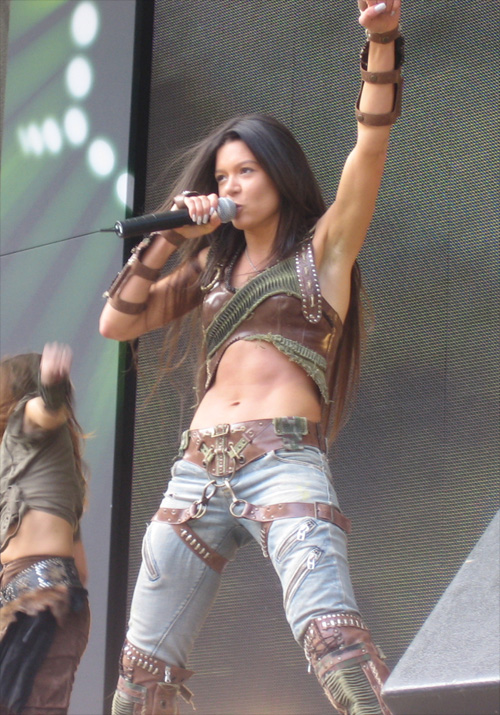
Dancing With the Dansband
What is the first thing that comes to mind when thinking about the music of Sweden? If it’s Swedish House Mafia, you are going to want to read this blog post.
Many popular artist have come from Sweden including '80s bands like ABBA and Ace of Base as well as newly popular musicians such as Miike Snow, Shout Out Louds and José González.
But before Sweden became the starting point for these chart-topping bands and musicians, the country struck its first chords in traditional Nordic folk music along with the other Nordic countries, Scandinavia and Finland.
Nordic folk music began as the dance music for European nobility and is made up of dance rhythms usually in the minor keys. This music was traditionally not simply for listening, but mostly for dancing along with. Most of these dances are accomplished with a partner, but some dances, namely the minuet, can be danced solo.
The most common instrument used in Nordic music is the fiddle. Other instruments include accordions and clarinets. One of the most widely used instruments in Sweden was the nyckelharpa (a type of fiddle), which has since gone out of fashion and is rarely used in contemporary folk music.
Swedish folk music went through little changes throughout the years until the 1960s, when radio and the television become extremely popular. The Swedish youth propelled a roots revival in Swedish folk music by establishing folk music clubs and bring folk music to the radio and television.
During this time, popular folk music was comprised of mainly instrumental music and focused on the polska, using more contemporary instruments.
Sweden in the 1970s became exposed to dansbandmusik, which is used mostly for dancing in pairs. The Swedish were influenced by the pair dances that had popularized American culture in the 1950s and ‘60s such as the jitterbug and foxtrot. These dances are normally to swing, jazz and rock music, which was a different musical sound for Sweden.
Throughout the decade, dansbandmusik became popular not only for pairs dancing, but also for pure enjoyment. Many dansband musicians and bands began popping up throughout Sweden and included bands like Wizex and Forbes.
It wasn’t until the 1990s that pop began infiltrating the country’s music scene. ABBA is the most popular band to come out of Sweden by gaining international success and becoming the second most successful group ever following The Beatles.
Although many other bands coming from Sweden have gained international recognition in the last two decades, Sweden also has a great underground music scene. The Knife and Jens Lekman are both popular Swedish musicians.
Yes, the most popular Swedish musicians sing in English, but I made it a point to find a Swedish-singing musician. Lars Winnerbäck fit the criteria, and I couldn’t be happier that my search led me to this singer/songwriter.
Born in Stockholm, but having grown up in Linköping, Winnerbäck has released 10 studio albums and sings only in Swedish. The solo artist released his first album, Dans med svåra steg, in 1996 and has since become one of the most popular singers in Sweden.
Unless you can understand Swedish, Winnerbäck’s lyrics are incomprehensible. But one thing I love about this artist is the emotion that rings in his lyrics. According to Swedish-speaking sources, Winnerbäck sings mostly of romance and issues in society. For you indie music fans, he is like a Swedish Ben Gibbard. Not bad.
Winnerbäck’s music is largely influenced by Swedish and American musicians of the like including Bob Dylan and the Swedish singer Ulf Lundell (who has non-coincidentally been considered Sweden’s Bob Dylan).
Much of Winnerbäck’s music is on acoustic guitar and has a mellow, contemplative tone to it. Since gaining popularity in the ‘90s, the singer has landed multiple spots on the official Swedish Albums Chart.
The musician has been writing, releasing and performing music for about 15 years now, having released his most recent album, Utanför Album 1, in 2012.






